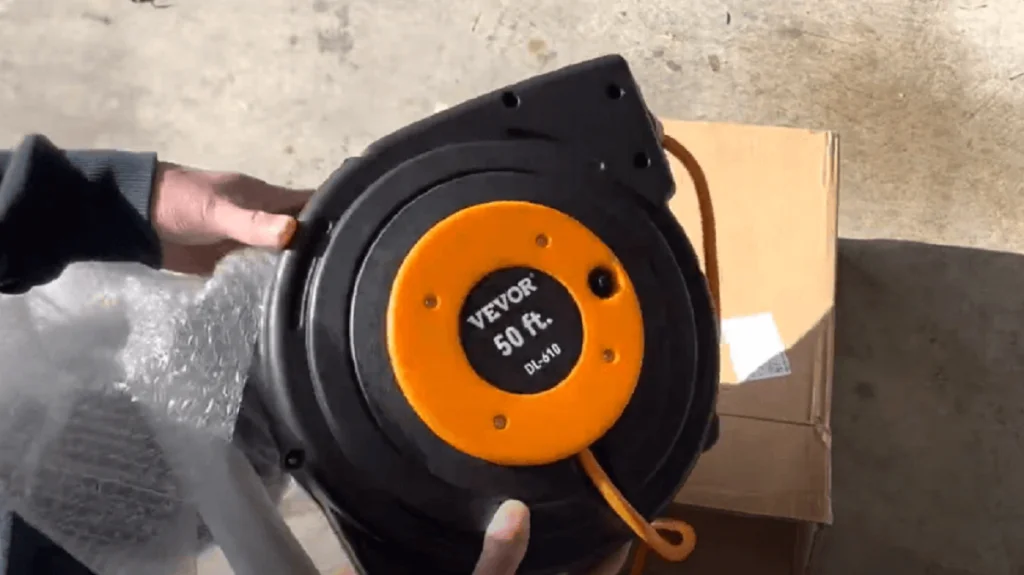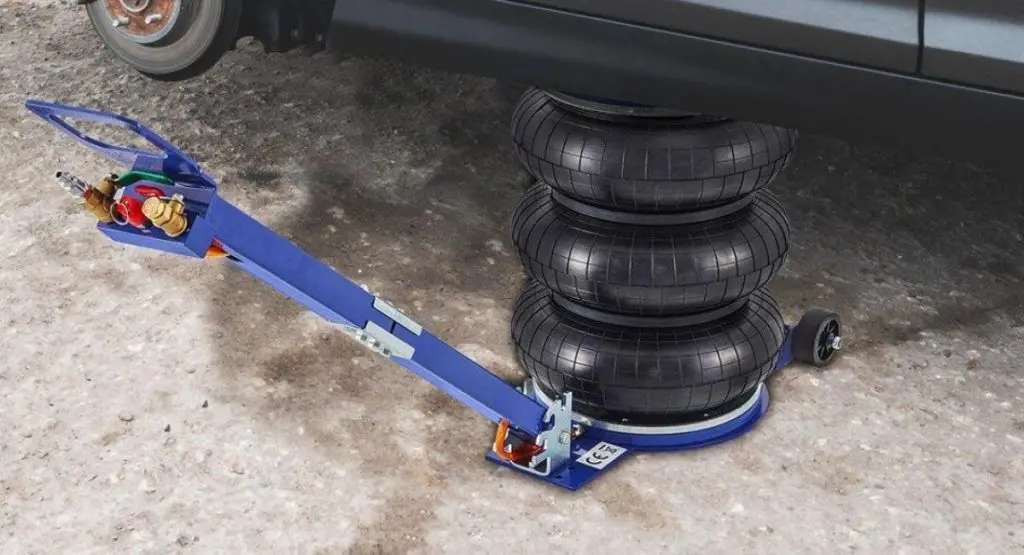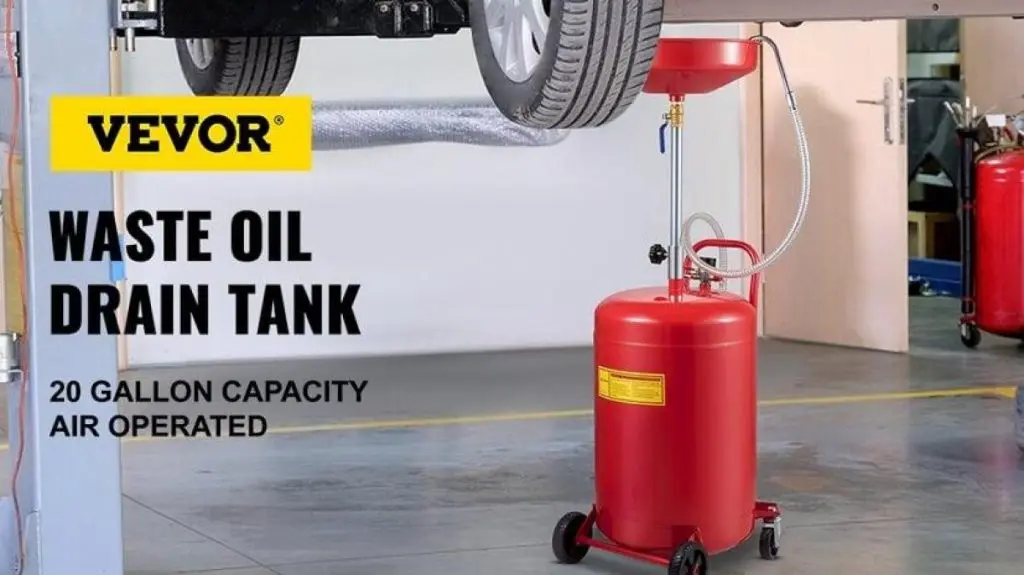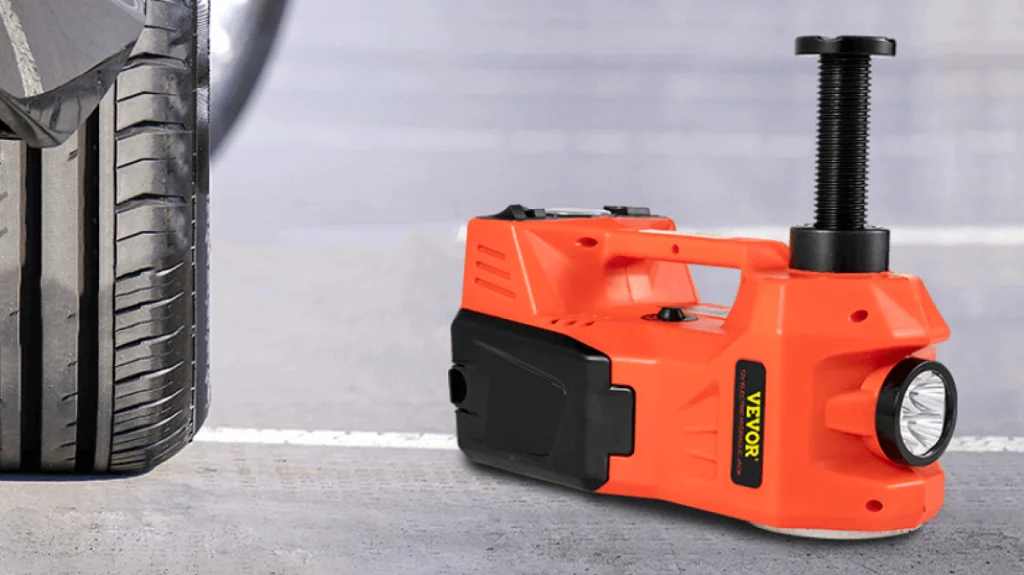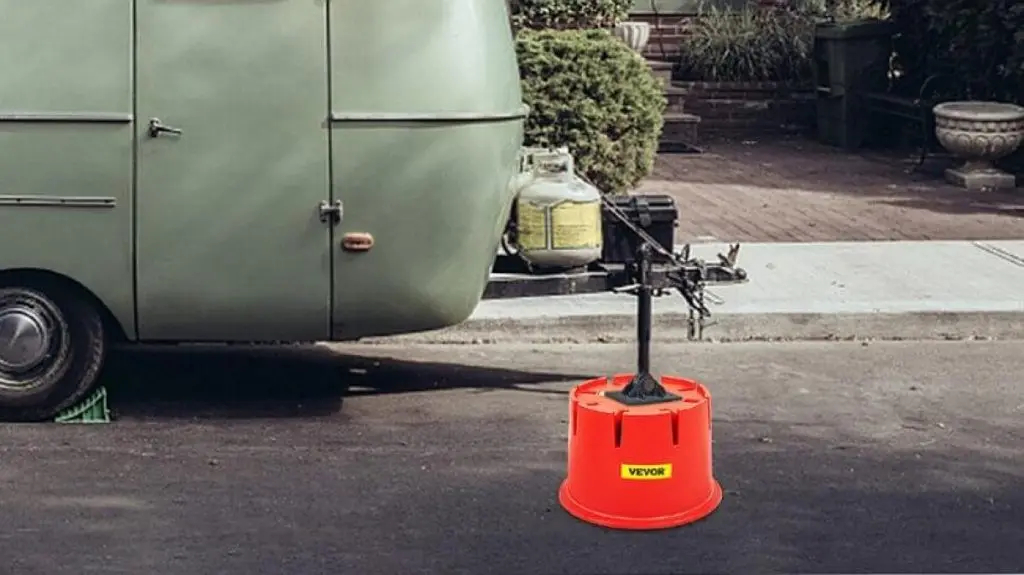Ever wonder how that string of plastic brings electricity to life at your campsite? It’s more than just a cord; it’s an engineered pathway for powerful electrons. But behind the scenes lies a hidden code: wire gauge. This seemingly technical term holds the key to unlocking safe and efficient power for your RV adventures.
Forget blown fuses and flickering lights! This article isn’t just about extension cords. It’s about empowering you to understand the invisible language of electricity. We’ll demystify wire gauge, unveil its impact on your campsite power, and equip you with the knowledge on how to tell the gauge of an extension cord, every time.
Furthermore, we at VEVOR recognize the value of dependable power when traveling. For this reason, we’re dedicated to offering premium RV extension cords that are designed with functionality and safety in mind.
You can power your adventures with confidence because our cords are made with strong materials, have clear labeling, and have undergone extensive testing. Let’s get started on how to tell the gauge of the extension cord!
Table of contents
Understanding Extension Cord Gauges
Do you know why certain extension cords seem heavier and thicker than others when using them? The performance and safety of an extension cord are determined by a hidden code called a wire gauge. Uncovering the reasons behind gauge matters requires us to take a closer look:
Wire gauge tells you two crucial things:
· Wire thickness: Lower gauge numbers mean thicker wires, allowing more current to flow safely.
· Amperage capacity: Each gauge has a maximum safe amperage it can handle. Exceeding this limit can overload the cord, leading to problems.
Decoding the Gauge Numbers: Household vs. Industrial
Now, let’s navigate the different “lane sizes” you’ll encounter:
Household gauges:
- 18 AWG: Thin and light, suitable for low-power devices like phone chargers or lamps (up to 10 amps).
- 16 AWG: Commonly used for household appliances like TVs or microwaves (up to 13 amps).
- 14 AWG: A good choice for power tools or space heaters (up to 15 amps).
Industrial gauges:
- 12 AWG: Handles heavier loads like air conditioners or welders (up to 20 amps)
- 10 AWG: Used for industrial equipment or high-powered appliances (up to 30 amps)
| Cord Length (ft) | Appliance Amperage | Recommended Gauge |
| Up to 25 | 10 amps | 16 AWG |
| 25 – 50 | 15 amps | 14 AWG |
| 50 – 100 | 20 amps | 12 AWG |
| Over 100 | 30+ amps | 10 AWG (or lower) |
Typical Applications:
- Camping and RVs: Often require 12 AWG or lower depending on the appliance being powered.
- Construction sites: Need heavier gauges like 10 AWG for demanding equipment.
- Workshops and garages: 14 AWG or 12 AWG might be suitable for power tools and machinery.
The Relationship between Wire Gauge, Amperage, and Cord Length
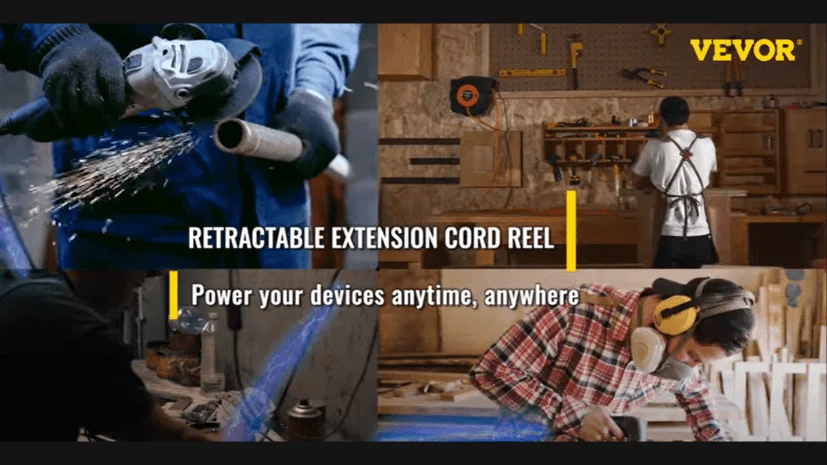
Remember our electrical highway analogy? Now, imagine stretching that highway. Just like a long, narrow road struggles with heavy traffic, cord length impacts how gauge and amperage work together:
Gauge vs. Amperage: The Balancing Act
As we saw, thicker wires (lower gauge numbers) can handle more amperage. But what happens when we stretch the wire (increase length)? Resistance, the enemy of smooth electrical flow, creeps in.
The longer the wire, the higher the resistance, and the less amperage it can safely carry. It’s like adding traffic lights and stop signs along your highway. Here’s why this matters, using an undersized gauge for long distances can lead to:
- Voltage drop: Less voltage reaches your appliance, leading to sluggish performance or even damage.
- Overheating: The cord struggles to handle the current, increasing fire risk.
- Choosing the right gauge for the length ensures:
- Safe operation: The cord can handle the amperage without overheating or voltage drop.
- ·Optimal performance: Your appliances receive the full power they need to function properly.
Choosing the Right Gauge: Your Cord Length Calculator
Choosing the right gauge is all about three key elements:
1. Appliance Power: Uncover your appliance’s amperage rating (wattage works too with an online conversion).
2. Cord Length: Estimate the length you need, remembering it’s better to overestimate than be caught short.
3. Gauge Chart Magic: Seek out online charts or resources at hardware stores. These link amperage, cord length, and safe gauge recommendations, becoming your electrical roadmap
Identifying the Gauge of Your Extension Cord
Knowing the gauge of your existing extension cords empowers you to make informed choices for future purchases. Here’s how to unveil the gauge:
1. Packaging Power:
Many cords proudly display their gauge directly on the packaging. Look for markings like “14 AWG” or “12 AWG.”
2. Label Language:
The cord itself might have a printed label stating its gauge and other specifications. Don’t miss this valuable clue!
3. Diameter Detective:
If packaging and labels are absent, grab a caliper or ruler. Measure the diameter of the copper wire inside the plug (excluding insulation). Refer to a wire gauge chart online or in hardware stores to translate the diameter to the corresponding gauge number.
Practical Tips for Choosing the Right Extension Cord Gauge
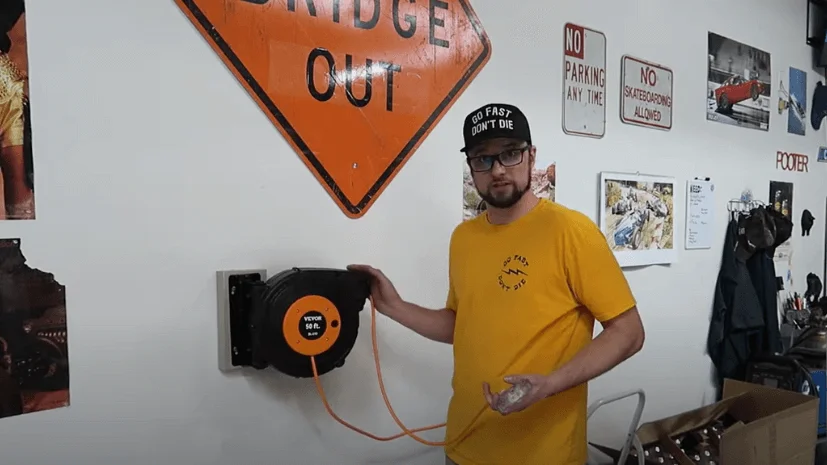
Now that you’re a gauge decoding pro, let’s apply your newfound knowledge to real-world scenarios! Buckle up for some practical tips on choosing the right gauge for your specific needs:
1. Appliance Arsenal
Different appliances have different appetites for power. Here’s a quick guide:
- Low-power warriors (lamps, chargers): 18 AWG cords can handle their modest needs.
- Mid-range champions (TVs, microwaves): 16 AWG provides ample juice for these workhorses.
- Heavyweight hitters (power tools, heaters): 14 AWG or even 12 AWG is best for these demanding tasks.
2. When in Doubt, Size Up!
Remember, safety first. If you’re unsure about the exact gauge needed, always choose a higher gauge. It’s better to have extra capacity than risk overloading and potential hazards.
3. Consider Future Needs
Thinking of upgrading your gear? Opt for a gauge that can accommodate potential future demands. You won’t regret the flexibility!
4. Outdoor Adventures
For outdoor use, choose weatherproof cords with grounded plugs and appropriate gauges for the distance and appliance. Don’t skimp on safety in the elements!
5. Trustworthy Brands
Opt for reputable brands known for quality and clear labeling. Look for cords with printed gauge information and amperage ratings for easy reference.
FAQs on Extension Cord Gauges
1. Is it possible to connect a different gauge cord to my appliance using an adapter?
Proceed with caution! Adapters shouldn’t be used as a stand-alone fix. Ensure the appliance and the adapter have the same amperage rating, and never use more than the cord’s safe maximum. For best safety and performance, use the appropriate gauge cord straight away.
2. Is it acceptable to plug in numerous devices to an extension cord at once?
Not at all! There is a maximum safe amperage limit for each cord. Overdoing it can result in voltage drops, overheating, and even fire hazards. To prevent overloading, always verify the amperage draw of each device and the rating of the cord.
3. Are all power cords made equally?
Absolutely not! Seek out cords with high-quality attributes such as:
- Robust insulation: Particularly important for outdoor use, it guards against deterioration.
- Grounded plugs: For safety, ensure the plug is properly grounded, especially for high-power appliances.
- Unambiguous labeling: Facilitates the identification of safety certifications, gauge, and amperage rating.
- Reputable brands: Choose companies with a reputation for excellence and high safety standards.
4. Can I use a cord for an indoor extension outside?
Not at all! Because they are not weatherproof, indoor cords may not withstand outdoor factors like moisture and sunlight. Use outdoor-rated cords made especially for these kinds of situations.
5. How can I tell if my extension cord is damaged?
Be vigilant! Check for any visible signs of damage like fraying, cracks, or loose connections. Replace cords showing any wear or tear immediately. Don’t ignore even minor damage, as it can pose safety risks.
6. What should I do if my extension cord feels warm?
Unplug it immediately! A warm cord indicates potential overloading or damage. Let it cool down completely before attempting to diagnose the issue. Consider using a higher gauge cord for the connected appliance or consult an electrician if unsure.
7. Where can I learn more about electrical safety and extension cord use?
Many resources are available! Check your appliance manuals, consult with electricians, or visit the websites of reputable electrical safety organizations. Knowledge is power when it comes to safe electrical practices.
Wrapping Up
Do you recall the tangled wire mess in your garage? It’s your electrical adventure’s lifeline, much more than an extension cord. We’ve explored how gauge impacts amperage capacity, how cord length plays a role, and even tackled common questions to equip you with the knowledge to make informed choices on how to tell gauge of extension cord!
Remember:
- Matching the right gauge ensures your appliances receive the power they need without overloading or overheating.
- Choosing a higher gauge when in doubt prioritizes safety and future flexibility.
- Quality brands and clear labeling make selecting the perfect cord even easier.
VEVOR is passionate about empowering your adventures with safe and reliable solutions. Our high-quality RV extension cords are built with durable materials, clear labeling, and rigorous testing, ensuring you can focus on enjoying your journey, not worrying about your power source.
Visit VEVOR today and explore our selection of extension cords designed for performance and safety. Let your next adventure be fueled by knowledge, confidence, and the power of the perfect gauge.

